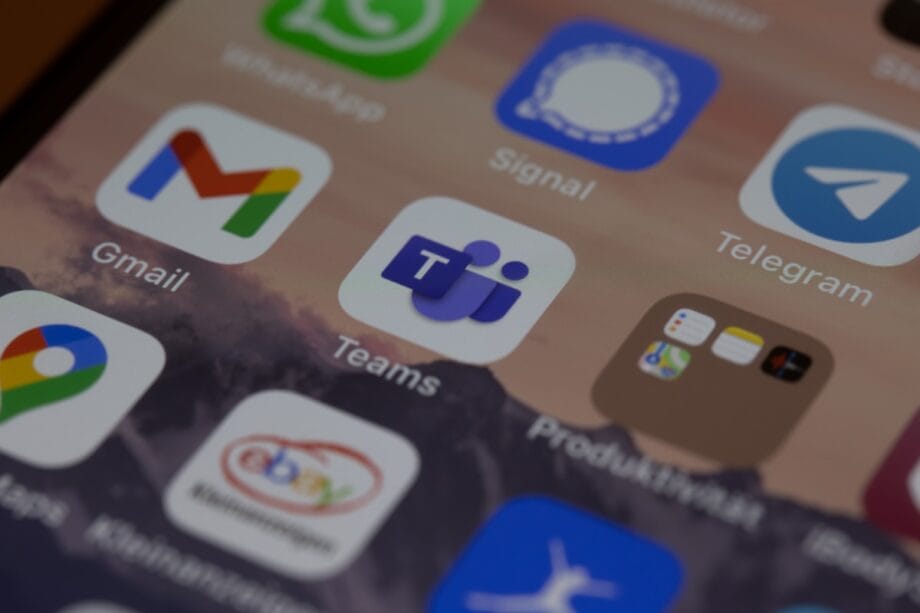Exploiting Vulnerabilities in Microsoft Azure Ecosystem
The Microsoft Azure platform is currently grappling with significant security vulnerabilities that allow cybercriminals to fabricate misleading applications, mimicking authorized services like the “Azure Portal.”
Research conducted by Varonis reveals that Azure’s protective measures, intended to prevent the abuse of reserved names for cross-tenant applications, can be circumvented through the use of obscure invisible Unicode characters.
By strategically embedding characters such as the Combining Grapheme Joiner (U+034F) within terms like “Az͏u͏r͏e͏ ͏P͏o͏r͏t͏a͏l,” nefarious actors are capable of developing applications that appear legitimate on consent screens.
This subterfuge is effective with an extensive array of over 260 Unicode characters, particularly those within the U+FE00 to U+FE0F ranges. The exploit capitalizes on the absence of verification badges in many Microsoft applications, leading users to dismiss warnings about third-party origins.
Applications within Azure, which are integral components interfacing with its myriad services, necessitate user consent to obtain permissions. There are two types of permissions: delegated permissions enable applications to perform actions on behalf of users—granting access to emails, files, and more—while application permissions allow standalone access independent of user consent.
When manipulated, these permissions become formidable vectors for initial access, persistence, and privilege escalation within Microsoft 365 ecosystems.
Phishing Tactics Fuel The Threat
Varonis has meticulously identified initial access methodologies, particularly focusing on illicit consent grants and device code phishing. The former tactic involves phishing emails that entice victims with fictitious file links, redirecting them to consent pages.
Upon granting approval, attackers are able to capture access tokens devoid of requiring passwords, thereby usurping the victim’s resource privileges.
Device code phishing escalates this threat: attackers generate a verification URI and code for a fraudulent application, misleading users into entering the information on a credible-looking website. Subsequently, the attacker polls for the token, effectively hijacking the user’s session.
Such tactics thrive on deception, with consent pages of the counterfeit applications appearing convincingly authentic, particularly when adorned with Azure branding.
Online discussions have unveiled that users frequently disregard “unverified” alerts, erroneously assuming security is inherently assured by Microsoft.

Among the names tested for misuse were prevalent terms such as “Microsoft Teams,” “Power BI,” and “OneDrive SyncEngine,” spotlighting the extensive range of potential impersonations.
Varonis promptly reported these vulnerabilities; Microsoft addressed the initial Unicode bypass in April 2025, followed by a broader remedy in October 2025.
No action is required from customers, as the updates will automatically secure tenants. Nonetheless, industry experts advocate for rigorous monitoring of app consents, the enforcement of least-privilege permissions, and comprehensive training for users on identifying phishing signals.
This incident underscores the urgent necessity for multi-layered defenses in cloud environments. As adversaries develop their tactics, vigilance must be maintained to prevent a seemingly innocuous app consent from unleashing chaos.
Source link: Cybersecuritynews.com.






